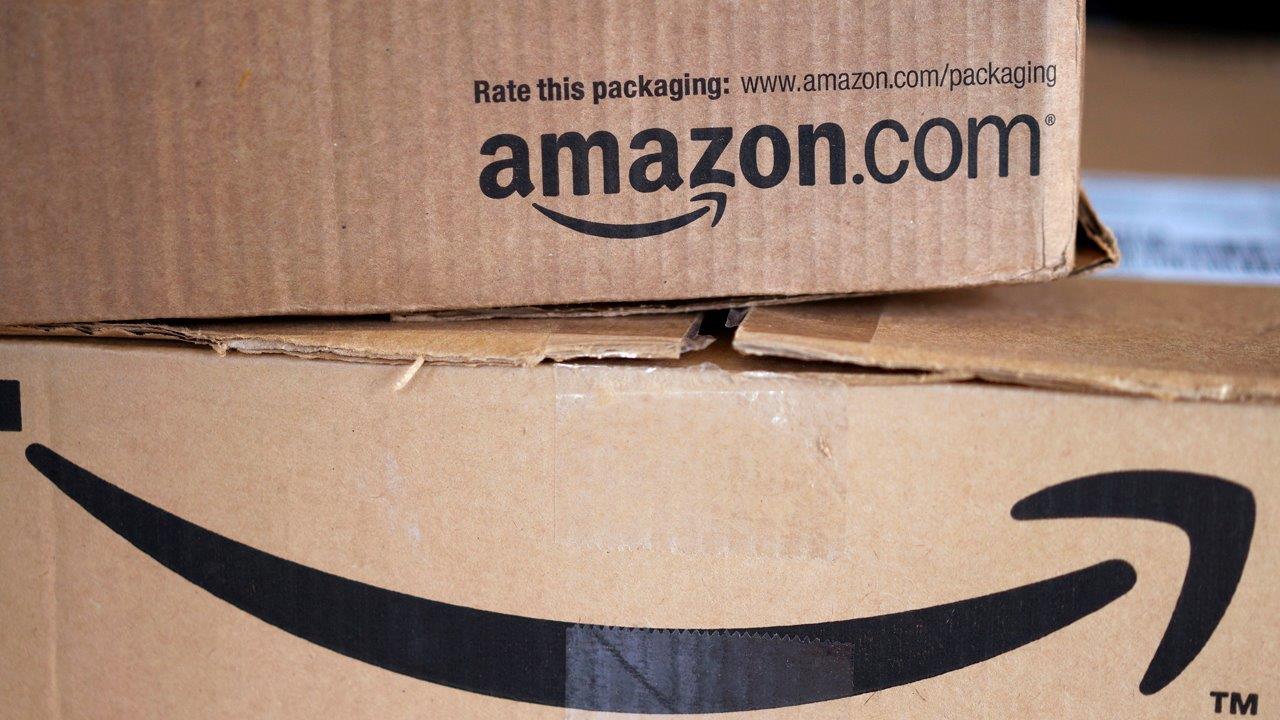Amazon effect steamrolling the restaurant industry
Retailers are in the throes of adapting to a shopping environment completely revolutionized by e-commerce giant Amazon (NASDAQ:AMZN), but restaurants are now facing the same challenge thanks to what has become known as the “Amazon effect.”
Delivery apps, including Amazon Restaurants, Uber Eats and Grubhub (NYSE:GRUB) are transforming the dining experience for consumers, and participation isn’t usually a choice for those restaurants hoping to survive.
“You have to be where the eyeballs are,” Peter Riggs, president and CEO of quick-service restaurant franchise Pita Pit, told FOX Business. “You have to be where the customers are looking for you.”
Consumer partialities toward delivery are only expected to strengthen throughout the years to come. A Cowen analyst predicts delivery will grow to $76 billion by 2022, up from $43 billion in 2017. That breaks down to a 12% annual increase.
While engaging third-party delivery services can increase brand awareness for some restaurants, it often carries some negative financial consequences at a time when the hospitality industry is battling existing obstacles.
“Big tech companies are making a lot of money off of our back,” Willie Degel, founder and CEO of Uncle Jack's Steakhouse and host of “Restaurant Stakeout,” told FOX Business. “[They’re] taking, from some restaurants, 30% off the top.”
Mike Wior, co-founder and CEO of Omnivore, reiterated the 30% figure, saying “that’s a big, big margin for this industry. It’s very difficult for many restaurants … to survive that kind of margin hit.”
Another new cost, according to Degel, essentially stems from extortion by tech companies for advertising placement. Big companies such as Grubhub have a stronghold in major metropolitan markets, forming what Degel referred to as a monopolies.
“They basically tell you 'if you want to come up on our search engine more, [pay more]' … [they’re] jacking up your fees and holding people hostage,” he said.
Restaurants are also losing money in the form of tips, Wior noted. Instead of servers receiving gratuities from meals, mobile ordering passes that cash off to the third party.
These technologically-driven changes come at a time when restaurants are also struggling to keep pace with rising labor costs. As previously reported by FOX Business, 18 states lifted their minimum wage at the start of January, with three more expected to do the same throughout the course of this year.
But in an age where consumer convenience is becoming a top priority, a trend promulgated by America’s largest generation – the millennials, restaurateurs know they need to find a way to make it work.
“The reality is it’s our responsibility to be there for the guest,” Riggs said. “It’s not about just what we want to do … it may be more difficult and there may be some unusual costs associated with doing business with some of these third parties [but] ... we have to participate.”
And it may not necessarily be all doom and gloom for restaurants. Wior sees tremendous opportunity for the industry to leverage what made Amazon so successful and apply it themselves. That would likely result in a more individualized dining experience, where consumer tastes and preferences are known and accounted for.
Riggs, for one, is already concentrating on the need to cater to the customer and her rapidly changing preferences.
“Imagine if somebody like Amazon had said we’re only going to focus on grocery delivery … Amazon wouldn’t be the behemoth that it is,” he said. “[Pita Pit wants] to be flexible enough to say ‘hey, if your preferences change, we want to change with you.’”
Just like in retail, however, some restaurants have not been able to change with the times. Last year a number of restaurant chains made the difficult decision to close locations, including Bloomin’ Brands (NASDAQ:BLMN), the parent company of Outback Steakhouse and Carrabba’s Italian Grill, which closed 43 restaurants; Howard Johnson’s, which closed for good; and Pollo Tropical, which shuttered 30 stores.

